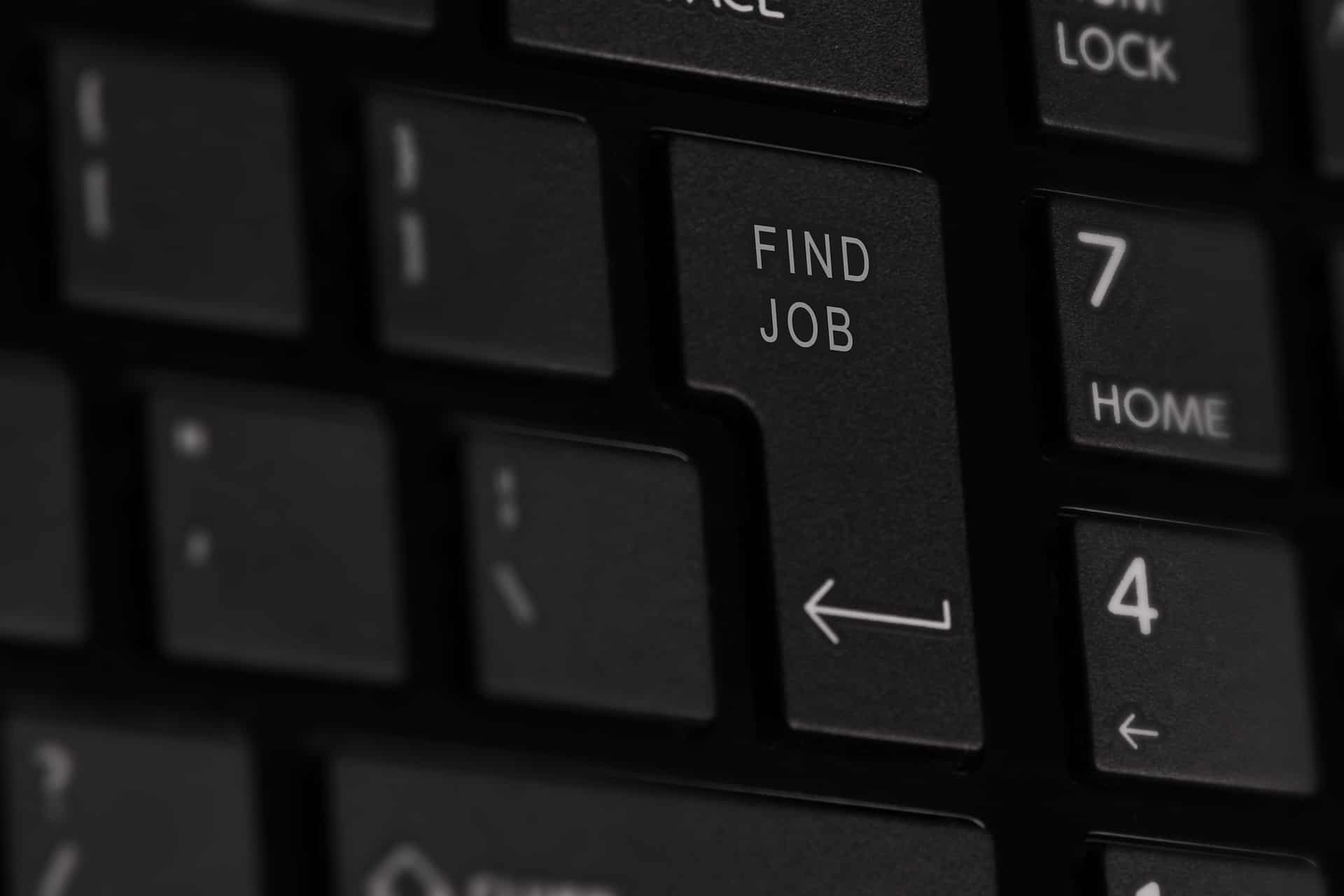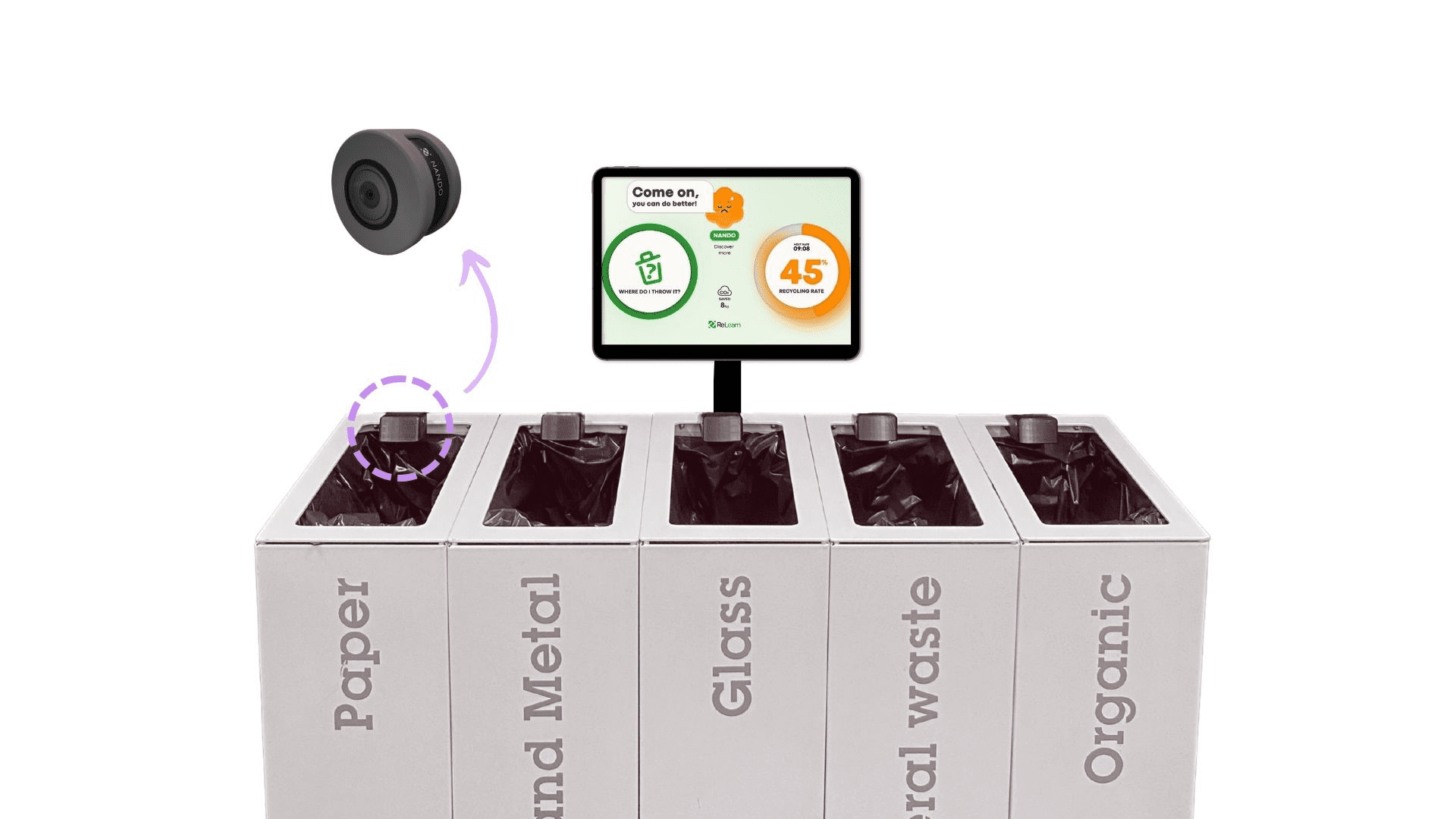
1. AI for the labor shortage: SMRT.bio is the job market’s Tinder app
Companies are very concerned about the labor market’s personnel shortage. This year, the deficit is expected to increase further. The deep tech sector in particular will run into further problems. “The fish pond in the Netherlands is empty. It’s time for global sourcing,” says Frank Melis, CEO of SMRT.bio.
People looking for a job can profile themselves in no time on the platform. They indicate their passions, competencies and skills through a game where they swipe left or right. Afterwards, they can also see in which respects they are not yet sufficiently developed to get their ideal job. Employers can place a call on the platform free of charge in often less than fifteen minutes. Melis: “We built a library with 26,000 job descriptions. Is an employer looking for a welder? He or she will then indicate this on the platform. Next, the platform generates the job descriptions and the competence and passion profiles. All of this is done fully automatically by means of algorithms and machine learning.”

This is an article from our magazine IO Next: AI for good. The fact that AI is becoming an increasing part of our lives is a given. But what impact will this technology have on our lives in the future? This magazine edition focuses on precisely that question.

2. AI for your muscles: Oro Muscles BV’s AI-powered wearable
The quest for optimal results in sports training hinges on quality training. The aim of any kind of muscle training is to apply stress on the muscles. But how much stress needs to be applied exactly? Oro Muscles BV, a Groningen and US-based start-up has come up with a wearable that combines medical-grade sensors and AI to analyze muscle activity in elite athletic training and rehabilitation.
Oro Muscles’ wearable can be attached to a specific muscle group. The hardware wirelessly communicates with the software. The phone application gives real-time feedback and the web application gives post-workout analysis.
AI is used to expedite monotonous tasks. Before AI, it took three weeks to analyze the data, which means the muscles already adapted to the movements, and the information is outdated.

3. AI for conscious waste: ReLearn’s sensor makes your bin smart
Start-up ReLearn designed NANDO, an AI-powered sensor that distinguishes between waste streams. It can be installed on regular bins, notifying about recycling rates and waste quantities. As NANDO mainly targets companies, it engages people in separating garbage while sparking awareness of product materials and best recycling practices.
Fabrizio Custorella, one of the company co-founders: “NANDO takes pictures of the waste bin and, through AI, can recognize what is being thrown daily. In doing so, it detects the most common mistakes in sorting waste and displays them – alongside recycling rates – in a tablet installed above the containers. Additionally, we can engage employees in circular challenges, making different floors or buildings of the same company compete against each other to reduce waste. Companies receive all data on waste production, tracking their performance on the way to zero waste targets.”


